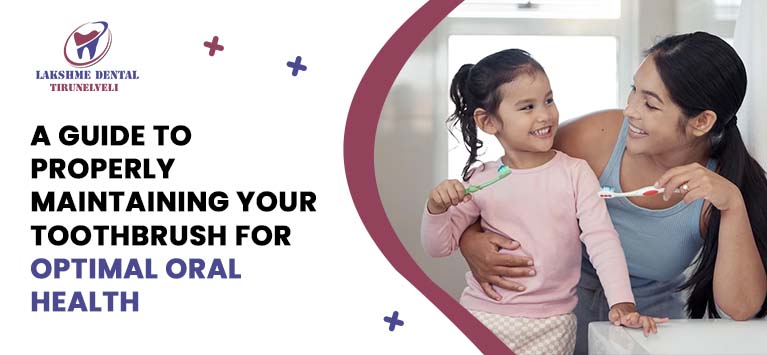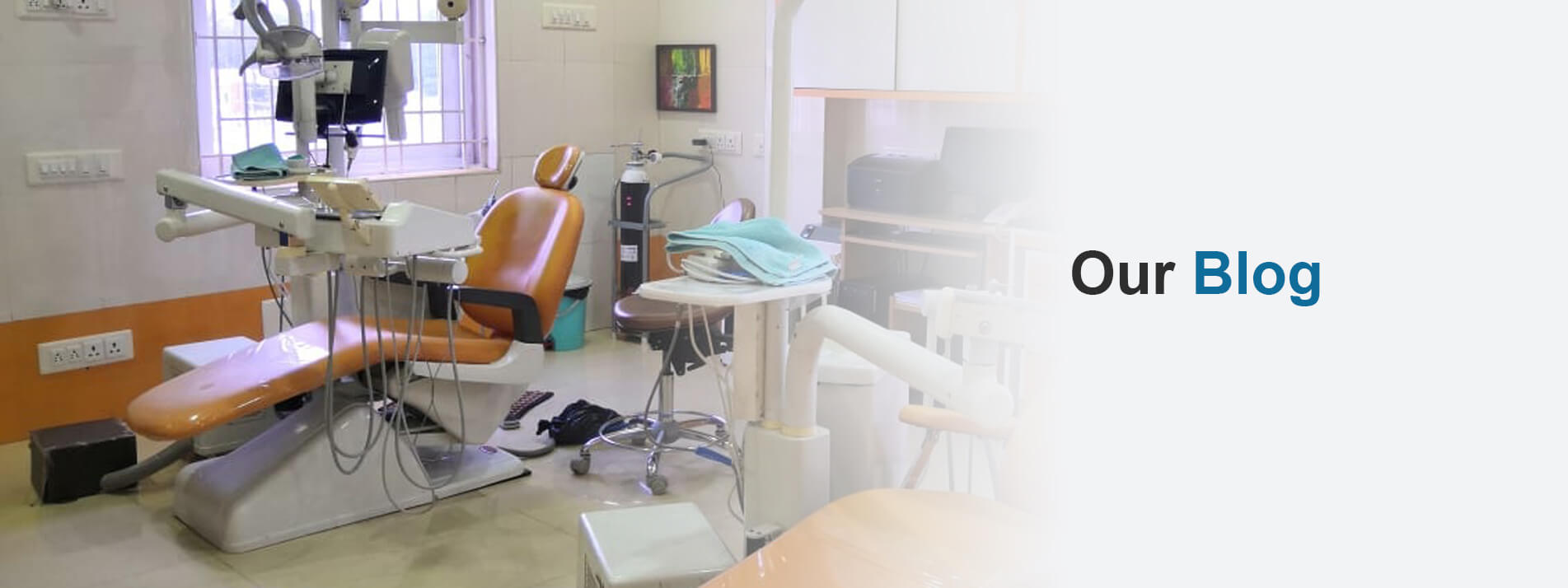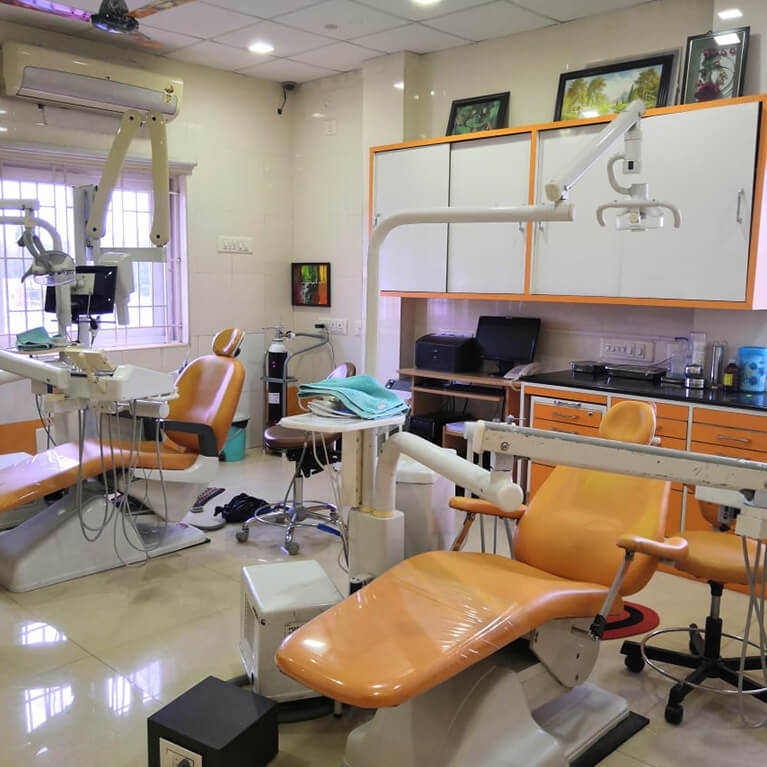
A Guide to Properly Maintaining Your Toothbrush for Optimal Oral Health
Your toothbrush is an essential tool in maintaining good oral hygiene. It’s the first line of defense against tooth decay, gum disease, and bad breath. However, many people overlook the importance of proper toothbrush maintenance, which can affect its effectiveness in keeping your mouth clean. In this article, we will discuss how to maintain your toothbrush properly to ensure it remains an effective tool for oral health.
1. Choose the Right Toothbrush
Maintaining your toothbrush begins with selecting the right one. When shopping for a toothbrush, consider the following factors:
- Bristle type: Soft or extra-soft bristles are gentle on your gums and tooth enamel while effectively removing plaque and debris.
- Size and shape: Choose a toothbrush with a comfortable handle and a head size that fits comfortably in your mouth.
- Manual vs. electric: Both manual and electric toothbrushes can be effective if used correctly. However, electric toothbrushes often have features like timers and pressure sensors to ensure proper brushing technique.
2. Replace Your Toothbrush Regularly
Toothbrushes don’t last forever, and their effectiveness diminishes with time and use. The Dental Associations around the world recommends replacing your toothbrush or toothbrush head every 3-4 months, or sooner if the bristles are frayed. When the bristles start to fray, they become less effective at removing plaque and debris from your teeth and gums.
3. Proper Brushing Technique
Maintaining your toothbrush also involves using it correctly. Follow these guidelines for proper brushing technique:
- Use a pea-sized amount of toothpaste with fluoride.
- Hold the toothbrush at a 45-degree angle to your gums.
- Gently brush in a circular motion, focusing on each tooth individually.
- Brush for at least two minutes, covering all surfaces of your teeth.
- Don’t brush too hard, as it can damage your gums and tooth enamel.
4. Rinse Thoroughly
After brushing, rinse your toothbrush thoroughly with tap water. This helps remove any remaining toothpaste, saliva, and debris from the bristles. Rinse until the water runs clear. Ensure that there are no toothpaste residues left on the bristles, as this can encourage bacterial growth.
5. Store Your Toothbrush Properly
How you store your toothbrush can have a significant impact on its cleanliness. Follow these storage tips:
- Allow your toothbrush to air dry. Avoid using toothbrush covers or cases that can trap moisture, as this can promote bacterial growth.
- Store your toothbrush upright in a holder to prevent contact with other toothbrushes and to allow for proper air circulation.
- Keep your toothbrush at least six feet away from the toilet to prevent contamination from airborne particles when flushing.
6. Avoid Sharing Toothbrushes
Sharing a toothbrush can introduce harmful bacteria into your mouth. Always use your own toothbrush, and discourage sharing with family members or friends. If you accidentally share your toothbrush, replace it as soon as possible to avoid potential health risks.
7. Traveling with Your Toothbrush
When traveling, it’s essential to maintain your toothbrush’s cleanliness:
- Use a toothbrush case or cover to protect your toothbrush from germs while in your luggage.
- Allow your toothbrush to air dry after each use, even while traveling.
- Avoid storing your toothbrush in closed containers for an extended period.
8. Clean Your Toothbrush Holder
Don’t forget to clean your toothbrush holder regularly. Bacteria can accumulate in the holder and transfer to your toothbrush when you store it. Clean the holder with warm, soapy water at least once a week and allow it to dry thoroughly before placing your toothbrush back inside.
9. Replace After Illness
If you’ve been sick, especially with a contagious illness like the flu or a cold, it’s a good practice to replace your toothbrush once you’ve recovered. Bacteria and viruses can linger on the bristles, increasing the risk of reinfection.
Conclusion
Maintaining your toothbrush properly is crucial for preserving your oral health. By choosing the right toothbrush, replacing it regularly, using proper brushing techniques, and following good hygiene practices, you can ensure that your toothbrush remains an effective tool in your fight against tooth decay and gum disease. Don’t overlook the importance of toothbrush maintenance; your smile will thank you for it.










